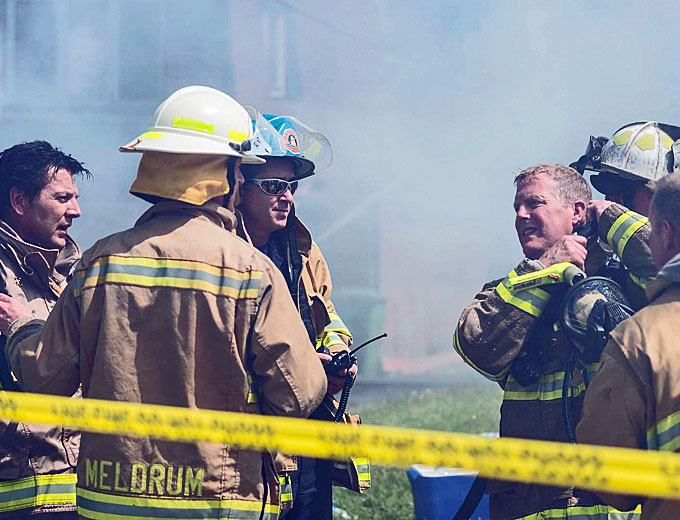
By the U.S. Fire Administration
Research has found firefighters in the United States are at greater risk for developing respiratory, digestive and urinary tract cancers than the general U.S. population.
The research community continues to look at the exposure pathways of known contaminants and ways to mitigate the risk for firefighters.
What is less known is how organizational characteristics of fire departments may either help or hinder the establishment of departmental cancer screening programs.

Study setting
Researchers surveyed 126 firefighters representing different departments throughout Florida on occupational health and safety, cancer screening and decontamination practices.
The researchers looked at six major organizational characteristics:
-
Workforce size.
-
Number of health and safety officers.
-
Geographic location (rural, urban, suburban, mixed area).
-
Department type (volunteer, career, combination).
-
Leadership support.
-
Occupational safety and health capacity (budgeted staff or fire department committees).
The study also looked at whether departments offered screenings for full body skin, colorectal or cervical cancer.
(Since 2002, almost two out of every three firefighters who died on the job died of cancer, as smoke from today’s fires produces an ever-more toxic brew of chemicals. But many first responders diagnosed with cancer are being denied workers’ comp benefits. Tony Dokoupil talks with firefighters who are battling more than just flames. Courtesy of CBS Sunday Morning and YouTube. Posted on Jun 16, 2019.)
Results
Forty-four percent of Florida fire departments reported some type of cancer screening activity within the last 12 months.
Departments with two or more health and safety officers were far more likely to offer cancer screening activities than those departments with fewer than two.
Fire department size, budget, geographic location, degree of leadership support and department type had no apparent correlation with the likelihood of cancer screening programs.
These types of organizational characteristics were not true obstacles to the delivery of cancer screening activities.
(Dallas firefighter records warning before dying from occupational cancer. Courtesy of WFAA and YouTube. Posted on Apr 23, 2018.)

















